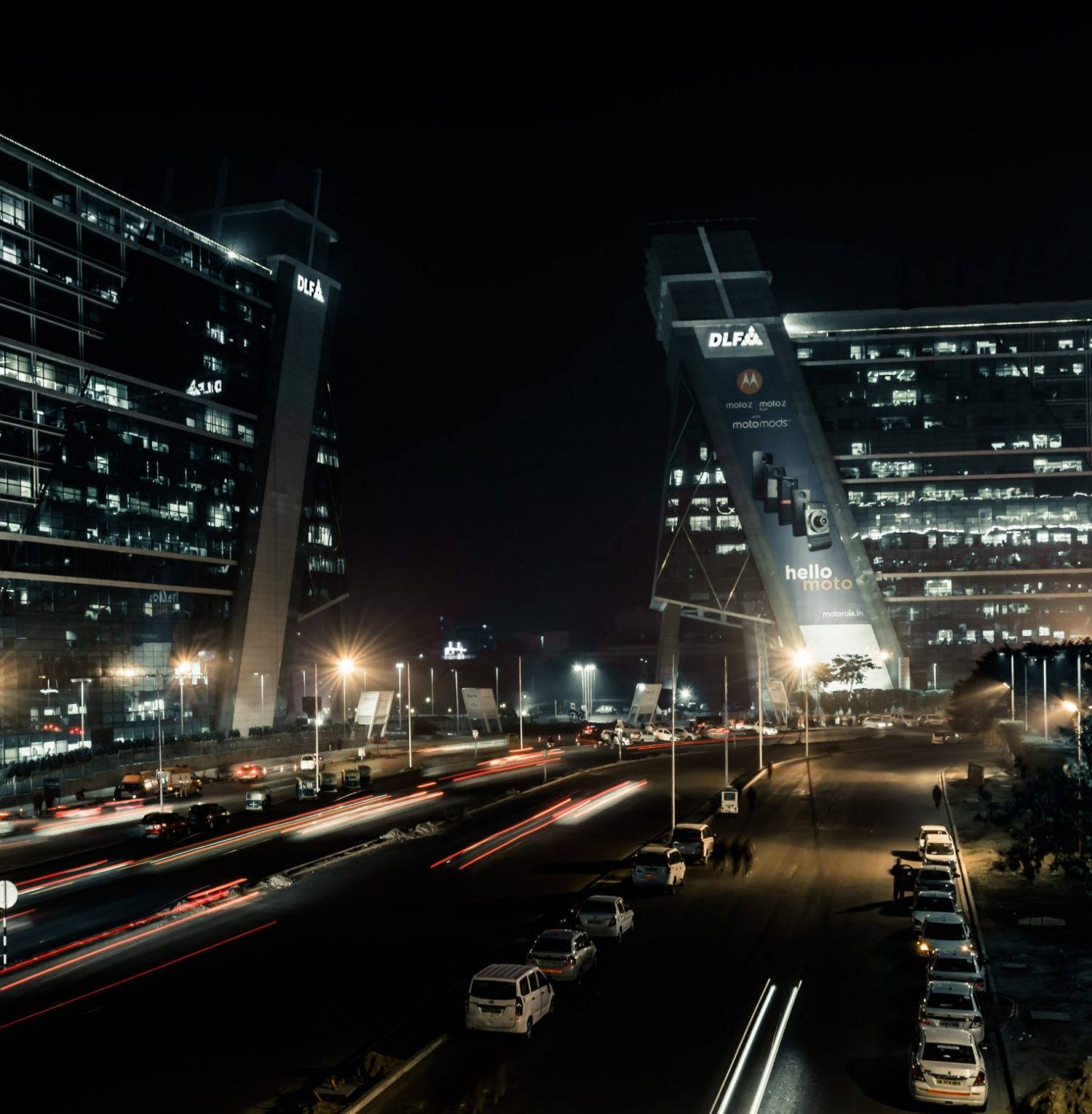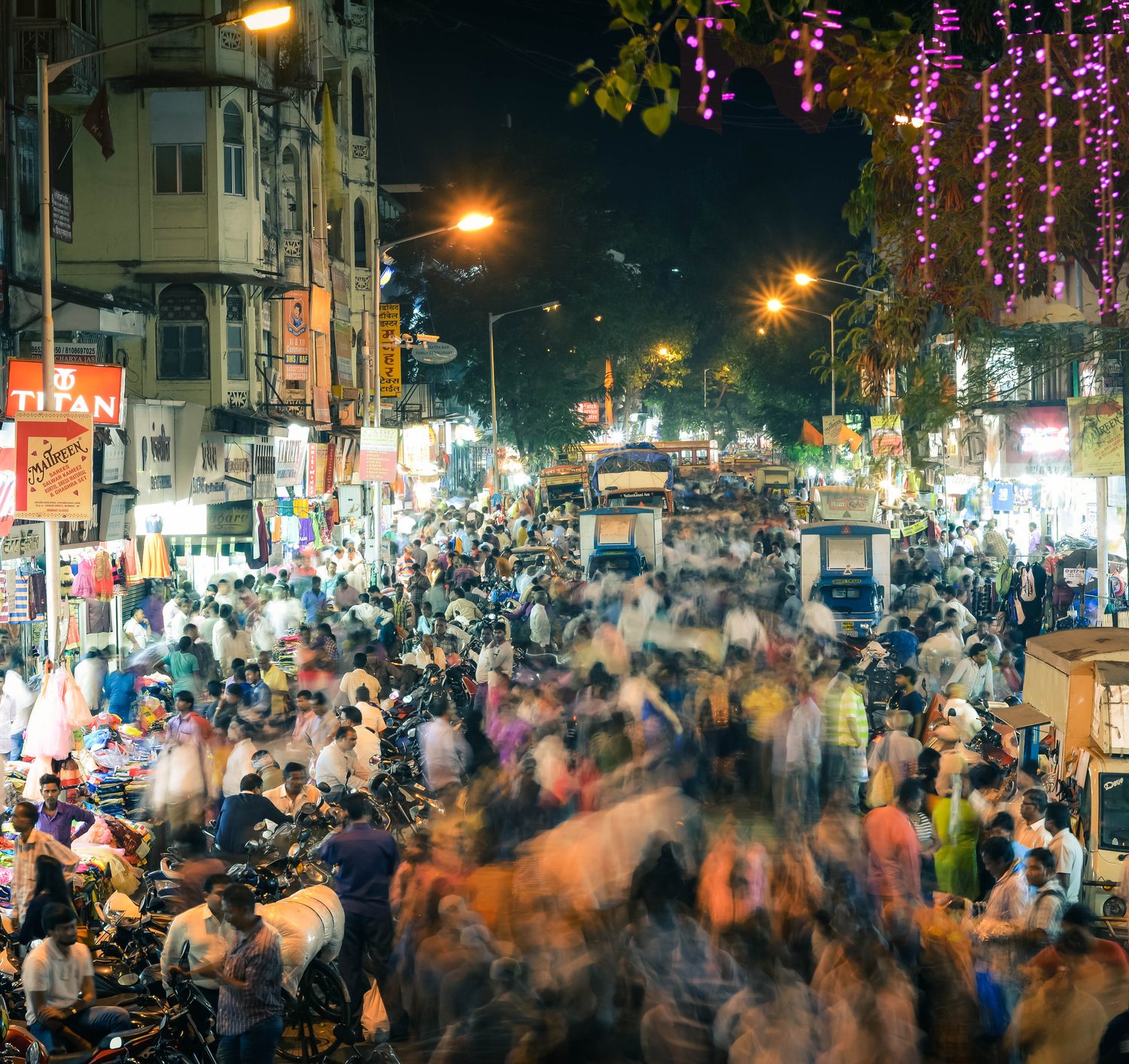The city of the future may seem like one of gleaming glass and steel buildings nestled amongst greenery, a technical and digital cyber hub designed to accommodate both pedestrians and vehicles.
But what really sets futuristic metropolises apart from present-day cities is how they will be powered. The city of the future will be one that has moved away from conventional power sources towards cleaner fuels that provide reliable power 24/7.
This innovative lower-carbon city may seem like a faraway idea. Yet it is becoming a reality in India’s Gurugram, just outside of New Delhi.
Since 2011, Gurugram’s corporate park, appropriately named Cyber City, has grown to be one of India’s leading business hubs, with several global businesses setting up regional headquarters here.

The sprawling Cyber City is also not connected to the local electricity grid. Instead, it is powered by a combination of natural gas turned into electricity, and ‘trigeneration’ technology, which reduces electricity usage and provides a source of power for heating and cooling.
When gas is used to generate electricity, it produces a lot of heat, which typically goes to waste. Cyber City, however, deploys the trigeneration technology to capture and reuse that energy to power airconditioning and for heating water, reducing the demand for additional resources to meet these needs.
Natural gas was chosen over other conventional forms of energy, especially for such large-scale business districts, because it is a reliable, cleaner-burning form of power that is available 24/7, all the while helping businesses reduce their carbon emissions.
It is also helping to improve air quality, as gas is a cleaner-burning fuel compared to traditional coal-fired power generation.
And when combined with the innovative trigeneration technology, it also allows these businesses to squeeze even more from natural gas and save money.
The per-unit cost of trigenerated power (including maintenance costs) is competitive with the local grid’s coal-fired power and has the added benefit of providing energy for free airconditioning and water heating while, again, reducing emissions.
It is the first time this technology has been implemented at this scale, and others have taken notice. The Cyber City model has since been replicated in many data centres, malls, hospitals and commercial complexes across India.
In fact, India’s state gas utility GAIL has also implemented a similar trigeneration facility at its own office – albeit at a smaller scale – in Noida, a suburb near Delhi.
Cyber City demonstrates how modern commercial centres that require 24/7 electricity can reduce their carbon footprint while still accessing reliable, cost-effective power.




